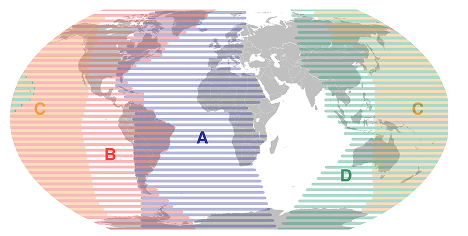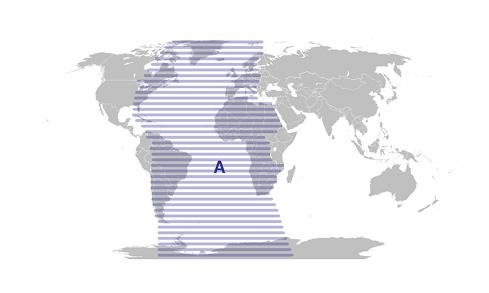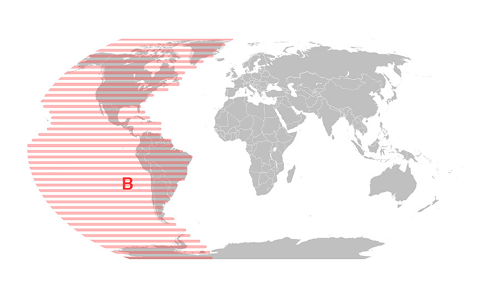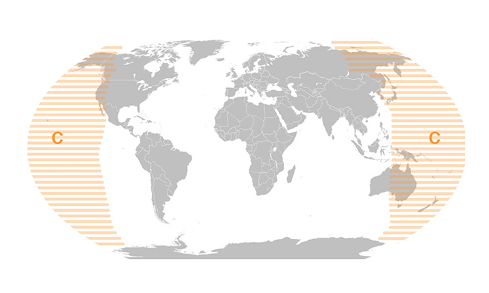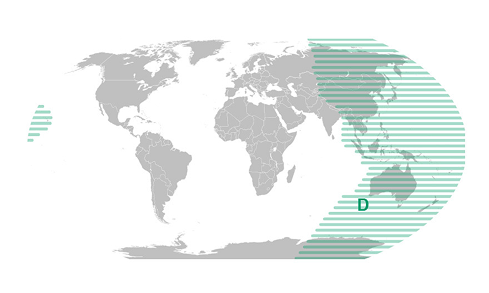How Circle of Security Parenting Enhanced My Early Intervention Practice
As an early interventionist (EI), I focus on the family and the child. We are taught family centered practices - get to know our families, build their confidence and capacity as parents, support their decisions, and be aware of our own biases in addition to fostering their understanding of their child's development and how to support it. I felt I did this well.
What I often struggled with was supporting strained relationships between the caregiver and their child. I say 'struggle' because I could identify that something was off, that both the caregiver and child seemed distressed, unhappy, or even "out of sync." This is when I typically would jump in and start to teach.
Using a behavioral lens, I'd work with the family to identify the functions of their child's behavior and help them ignore the "attention seeking" behaviors. I would tell them to praise and positively reinforce the replacement behaviors we decided to target. This seemed to work for some. But often, there were families for whom this didn't work.
Discovering Circle of Security Parenting
Learning Circle of Security Parenting gave me the tools to fill in the missing pieces. I now have tools to foster and enhance secure attachment with families. It also enhanced my ability to utilize other evidence-based practices in my field. And it closed the gap between my knowledge of attachment and putting it into practice.
For me, the answer lies within the "relationship." As an early childhood educator, I had basic knowledge of the importance of secure attachment and the relationship between a caregiver and a child. In hindsight, I was not aware of the impact of the quality of security on our ability to learn, experience joy, to trust others and to self-regulate as an adult, to name a few.
With this new information, I was able to switch my lens from a focus on the behavior to a focus on the relationship. I started to rethink about why a child acted in a certain way, what was the meaning behind the behavior. I began to reframe the question "What is the function" of the behavior to "What is the child trying to tell us," and "What was the child's need?"
Like any practice, COSP is not a full proof, easy fix intervention. It's more of a long-term investment in the quality of security for children and their families. And a lesson for me in the power of relationships.




